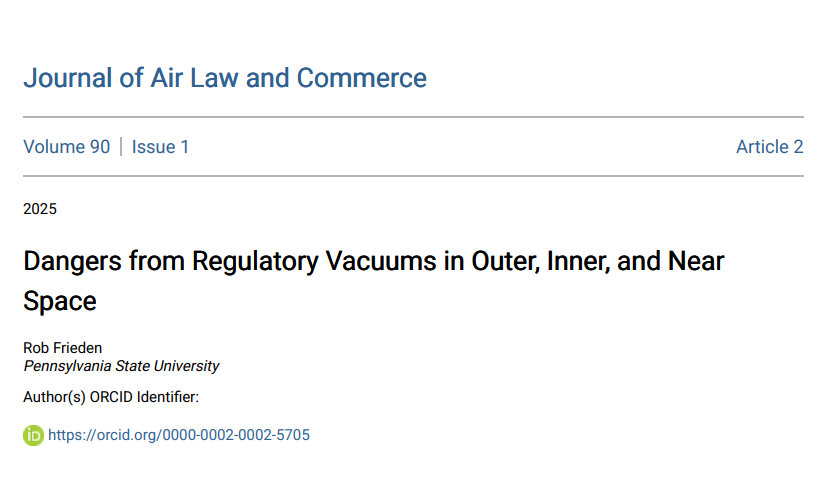In a rational and intellectually honest jurisprudential world, the FCC’s jurisdictional wingspan would invalidate any grand expansion of Presidential powers. Like the Federal Reserve and other independent regulatory agencies, such as the FTC, the FCC clearly integrates, judicial, and legislative functions as explicitly set out by law, the Communications Act of 1934, https://www.govinfo.gov/app/details/COMPS-936/.
There are several inconvenient truths that should thwart a further erosion of the legislative branch’s separate and equal powers, consistent with the three-branch governmental model established in the Constitution. Congress decided to create an independent communications regulatory authority instead of continuing to rely on an Executive Branch agency, the Commerce Department. The Communications Act of 1934, as amended, authorizes the FCC to serve the “public interest convenience and necessity,” not whatever goals, motivations, and strategies the Executive Branch might have in communications law, policy, regulation, strategy, etc.
The Communications Act authorizes the FCC to execute judicial and statutory interpretation functions. Sec. 501 of the Act empowers the Commission to impose fines and jail time for certain violations. https://www.law.cornell.edu/uscode/text/47/501. How could this not be an independent, judicial function, particularly in light of the fact that NTIA cannot impose such sanctions?
The Executive Branch implicitly recognizes the legitimacy of the FCC in several ways. Most important, there exists a division of responsibilities between the Executive Branch and the FCC. The National Telecommunications and Information Administration is an agency within Commerce Department. https://www.ntia.gov/book-page/national-telecommunications-and-information-administration.
NTIA clearly articulates its responsibility as the “President's principal advisor on telecommunications and information policy issues, and in this role frequently works with other Executive Branch agencies to develop and present the Administration's position on these issues.” See Executive Order 12046; https://www.archives.gov/federal-register/codification/executive-order/12046.html; and the National Telecommunications and Information Administration Organization Act, P.L. 102538, 106 Stat. 3533 (codified at 47 U.S.C. 901-904); https://www.congress.gov/102/statute/STATUTE-106/STATUTE-106-Pg3533.pdf.
I worked at NTIA and devoted much time in helping prepare filings in FCC proceedings articulating the Executive Branch’s positions. The FCC had complete authority to embrace, reject, or even ignore such recommendations.
The FCC and NTIA have different responsibilities and constituencies. For example, NTIA serves as the primary advocate for, and articulator of Executive Branch radio spectrum policy. The federal government has substantial and exclusive access to 50% or more of the frequencies in many portions of the usable spectrum. NTIA largely seeks to sustain federal government spectrum exclusivity, while the FCC’s public interest mandate requires an assessment of many factors, including those that would promote competitiveness, employment, and commercial success, by requiring federal spectrum users to make do with less spectrum, or share it with non-interfering private ventures.
Once upon a time, the Supreme Court opted to act with humility, on a nonpartisan basis. Its Chief Justice vowed to “call balls and strikes” as an umpire, and not an interventionist intent on legislating from the bench. Now the Court majority seems hellbent to reach preordained outcomes regardless of the facts.
Where did judicial restraint and conservatism go?




